Starfield is intermittently, unexpectedly profound.
As my custom spaceship lands on one of the game’s thousand planets, and my customized character steps into the neon lights of a strange alien city, I’m struck by the sheer scale of this digital universe. This is the game I dreamed of as a sci-fi nerd child and teen, burying myself in The Icarus Hunt, The Long Earth, Foundation, Hyperion, Dune and boundless other sci-fi novels that transported me from a rural Australian library and into space. And here I am, transported there again, through an Asus M16 gaming laptop. There’s a big galaxy out there, and it’s yours to explore.
And yet, however vast, it’s a desolate universe. These vast, procedurally generated planets are mostly empty, and if you try to explore their wildernesses, you eventually hit a pop-up that says you’ve reached the end of the map. Seeking adventure, I was slapped with the barren artifice of the world I’d picked, reminded that I’m not an adventurer; just a writer, sitting at a laptop, distracting myself. Once again it was profound; just depressingly so.
Starfield was made by Bethesda Studios, which has defined the modern open-world game and was the biggest title amid a video-game annus mirabilis, with Baldur’s Gate 3, Hogwarts: Legacy, Zelda: Tears of the Kingdom and Cyberpunk 2077: Phantom Liberty joining 2023’s notable open-world releases around the same time. Open-world role-playing games allow the player to make a character, and then explore their world, and live their life, as you choose. It’s not just that you can be a cowboy in Red Dead Redemption 2, a gangster in Grand Theft Auto 5, or a space adventurer in Star Citizen; it’s that the game lets you do it your way. You can be an epic dragonslayer in Skyrim, but if you like you can abandon the main story and become a thief or a mage or cave-exploring flower-picker; and that’s fine. The “right” way to play is the way that you want to.
That sounds great; but as Starfield shows, making these games work is an enormous design challenge; they involve an endless series of contradictions and compromises, trying to make sure players feel free to do whatever they want, giving them sufficient incentive to try it and know that it will be rewarding.
For example, to feel like an explorer, you need a vast universe to explore. But it’s not possible to generate all of that by hand, and so game developers turn to procedural-generation tools, which automatically make plains, hills, and other generic landscape. It creates lots of scale, but it’s all very boring and repetitive — what game design theorist Kate Compton calls the “thousand bowls of oatmeal problem.” To counter this, players can fast-travel (teleport) to desired locations — an interesting hub or the next story location — but if they’re going to skip the landscapes, why make it in the first place?
Being an explorer or medieval assassin should be inherently fun, yet it’s pointless and confusing to explore in Starfield, because there’s nothing to find and no hints on where to go. Assassin’s Creed games are unrewarding; they remove any surprises by marking every “point of interest” on their sensory-overload mini-map. The best game worlds are so well-crafted and dripping in character that you’re motivated to explore simply by sheer interest — there’s the post-supernatural-rapture Tokyo in Ghostwire: Tokyo, or the monster-filled, lush, mysterious landscape of Elden Ring. Some games offer fun ways of traveling: Swinging to destinations in Spider-Man is as fun as the quests, and some nights I simply drive around the British countryside of Forza Horizon 4, never starting a race.
Ironically, the best open-world exploration games are often a lot more guided than players are aware. You can head straight to the titular location in Fall Out: New Vegas, but it’s extremely difficult to do that, whereas it’s relatively easy to travel through the surrounding towns, and doing so sets up the story. The Metro games dot their post-apocalyptic Soviet wasteland with towers, which you can climb, then pull out a pair of binoculars, and highlight spots that might be of interest. They don’t tell you what you will find, but they guide your journey and let you know that there are secrets to uncover.
Story is also a challenge because the needs of narrative so often clash with the open-world style. Skyrim’s story is about saving the world, but you can spend hundreds of hours in meaningless fun side quests, ignoring the main story, and it won’t have any impact on the world. There’s no tension. Story missions also often ignore the freedom of the wider game. In his viral video essay, “Rockstar’s Game Design is Outdated,” the YouTuber NakeyJakey notes that, though you can wander aimlessly in Red Dead Redemption 2, fishing and hunting and doing as you please, you will “fail” missions if you deviate even slightly from the way its developers think you should complete them.
Many game developers solve this contradiction by reducing the scale of their worlds. Instead, games like God of War: Ragnarök, Horizon: Zero Dawn and the Unchartered series use what designer Jesse Schell called the “string of pearls” design — making a series of spaces (connected either narratively or physically) that you can only progress from through a limited series of exits, guiding you to the next tailored environment. Though you have freedom within each narrative space, the way you move through them is scripted and controlled.
There’s also the question of whether having an open world is even necessary. Cyberpunk 2077 has an incredible story, and I loved building my unique version of the protagonist V, but did it really need to be an open world? I rarely deviated from the main story, just enjoying the background scenery as I traveled to the next plot point. The Mass Effect trilogy had the same strengths as Cyberpunk — with rich player customization and storytelling better than most TV shows — but it isn’t actually an open-world game.
The most compelling forms of player freedom often completely remove open worlds and focus on decision trees within narrative scenarios. These “immersive sims” — like Dishonored, Hitman, Prey, Metal Gear Solid 5 and the original Thief games — have linear stories but give massive freedom in how the player approaches each scenario, dictated by complex, detailed, powerful systems. In Hitman, you are told which targets to kill, but it’s your choice how to do so. You can snipe from a tower, poison their food, strangle them in their bedrooms, set off a bomb, electrocute them in the bath, or dress up as a priest and throw them off a church. In Dishonored, buildings can be entered almost any way — through vents, doors, windows, over the ceiling, from the basement — and you can complete the entire game without killing a single character if you want. This benefits storytelling too. Deus Ex: Human Revolution opens with a hostage-saving mission; if you dawdle, exploring the building as you go, they’ll be dead by the time you arrive.
Other games completely toss out story and are simply “sandboxes,” games like The Sims, Minecraft or BeamNG.drive which have some core rules and tools, but let you build with them however you please. Online multiplayer open-world games (MMOs) like World of Warcraft and Star Wars: The Old Republic can also be a bit more relaxed with storytelling, as they set up skill loops, scenarios and objectives and let players work together to complete them, telling their own stories along the way.
The most ambitious MMO is Star Citizen, being built in public in real-time, made by gaming auteur Chris Roberts. For every compromise Starfield makes, Star Citizen has a complex system. When the game is finally complete, every building will be fully explorable, you’ll be able to land anywhere on any planet, and if you leave a gun in a hidden corner and return months later, it will still be there — unless another player has found and taken it in the meantime. To take off in Star Citizen, you open your spaceship’s door, walk up to the pilot’s seat, sit in it, turn on the control panel, call the dock for permission to lift off, and then fly from the ground right into space, an intricate, detailed process. Each step feels controlled and meaningful, and it makes the basic tasks of flying a real thrill. By contrast, in Starfield, take-off and landing are automated cut scenes.
Then again, Starfield’s compromises mean that it’s not a finished game. With growing ambition, more than ten years of development, and $650 million in funding, Star Citizen too is still incomplete, with no formal release date in sight. In conversations I’ve had with Roberts, the developer of Star Citizen, he pushed back on complaints about this; given that Grand Theft Auto 6 has a bigger budget and has also taken more than a decade to make, it’s a fair reaction. Additionally, Star Citizen has a “build-in-public” model, with an active, large fanbase that regularly plays the early-access alpha-build game.
Despite the hype, I soon stopped playing Starfield. I wanted to love it — I was thirteen when Bethesda’s Skyrim released and became an obsession — but after several hours, it just felt hollow. It gave me no reason to care. Part of the problem is that, as Noah Waldrip-Fruin of UC Santa Cruz told me, “Gaming companies know they’re in the entertainment business, but they often forget they’re in the technology business, too,” and Starfield hasn’t improved on many systems compared to its twelve-year-old cousin, Skyrim.
Interestingly, though, many of the issues and contradictions at play here — making narratives that adapt to player choice, worlds that are rich and compelling but not empty, and systems that are complex and rich while still being accessible — have been solved by indie studios building new tools and techniques. The small studio Inkle is responsible for games like Heaven’s Vault, whose dialogue and interactions dynamically adjust based on where the player is in the story, through their own in-house programming language Ink. The team building The Last Night uses a modified version of this to make their dialogue rich and dynamic, and because their world is vividly interactive and meticulously handcrafted, it doesn’t need to be huge. I expect to play it for far longer than the far bigger, far more expensive Starfield, which would have been much better with fifteen richly crafted planets rather than its 100 procedural husks.
I’ve loved my time playing the big open-world games, but when I think of my favorite open-world game ever, it’s none of these. It’s a Nintendo game called A Short Hike, about a small pixelated cartoon bird trying to get to the top of a mountain island to get cell reception for a phone call. It’s not a big world, it doesn’t have a detailed cinematic narrative, and its dialogue isn’t immensely compelling, but it’s consistently joyful, with beautiful design, lovely music and constantly charming characters I bump into along my way.
As a kid, I wanted to lose myself in endless sci-fi worlds, and I did, with great novels and films and my own imagination. But for a game to work, it has to reach a complex balance of systems and narratives. Sometimes the game that scratches that itch for freedom is a cowboy fantasy, or a hitman simulation game, or drowning generations of families in The Sims. For me, it’s collecting shells as a small, pixelated bird. That’s the world I most like to escape to.
This article was originally published in The Spectator’s February 2024 World edition.



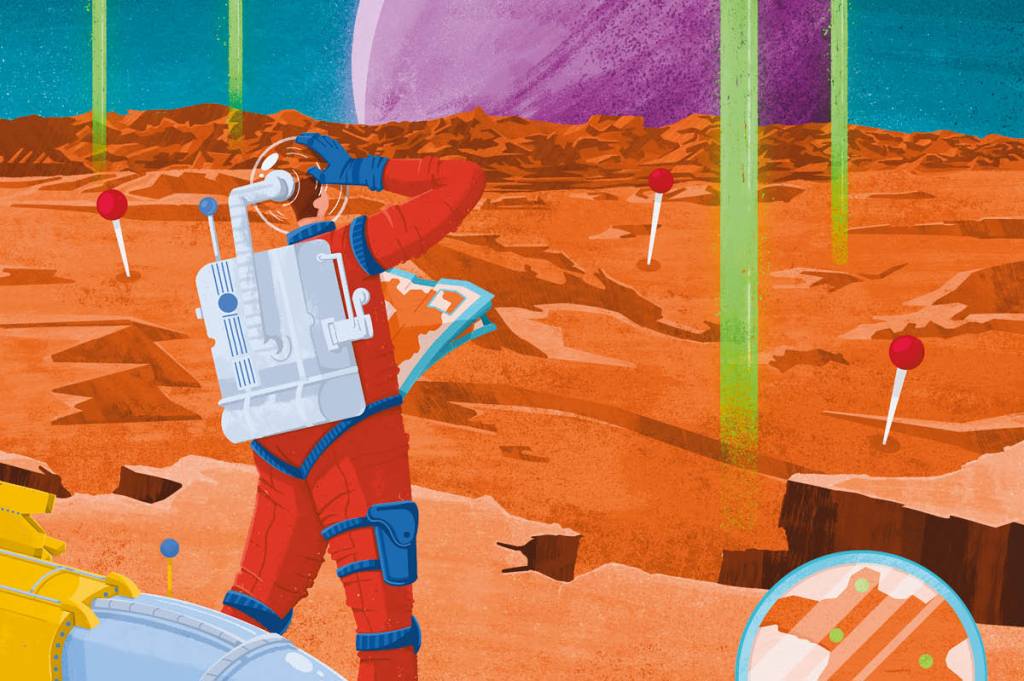









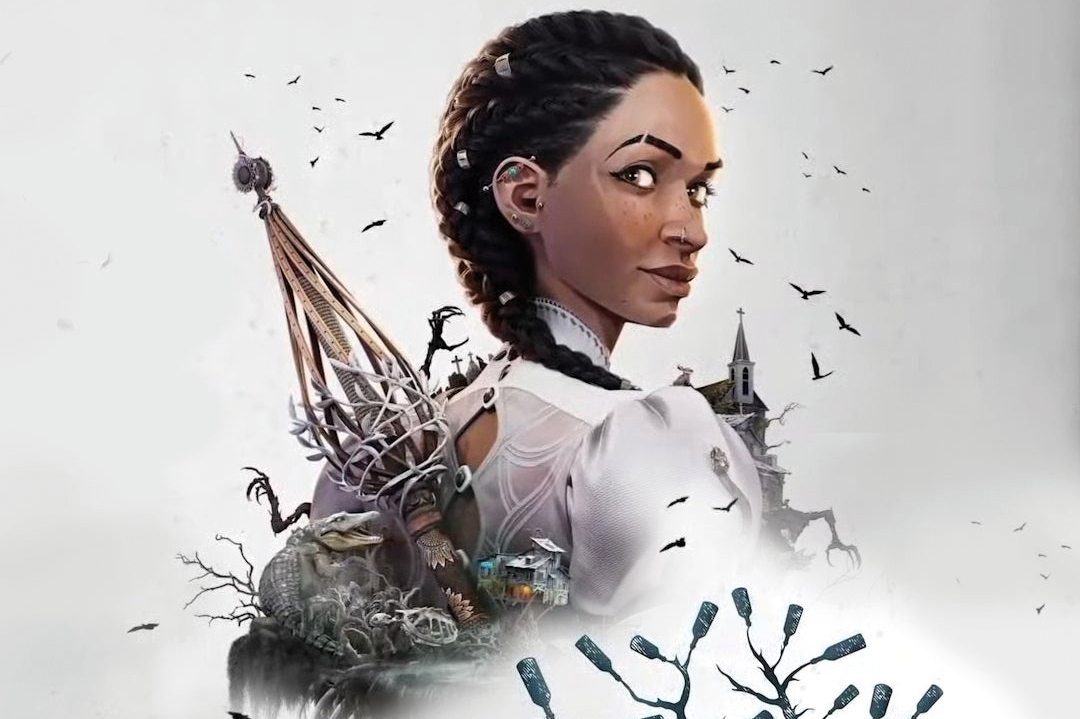
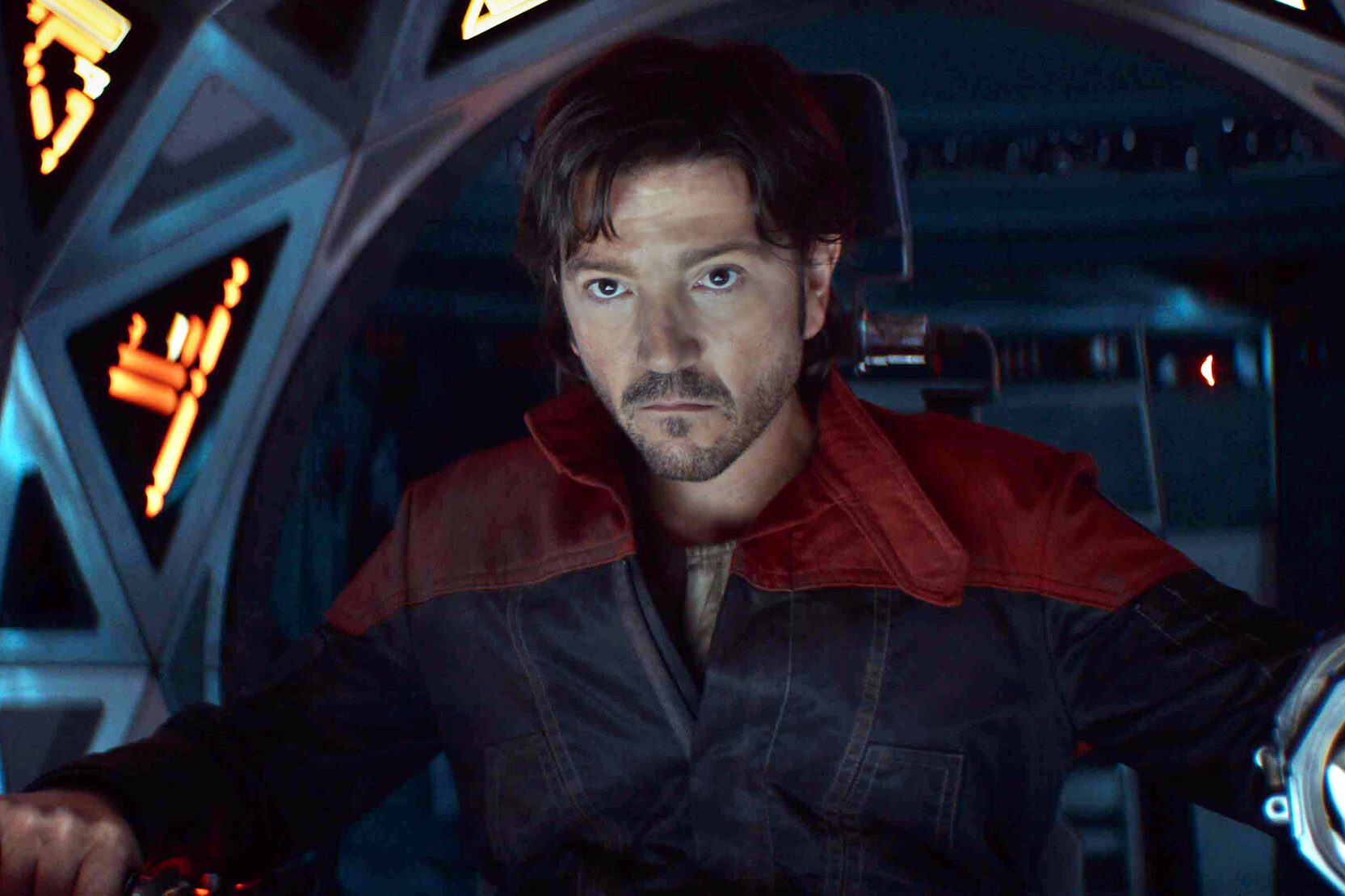
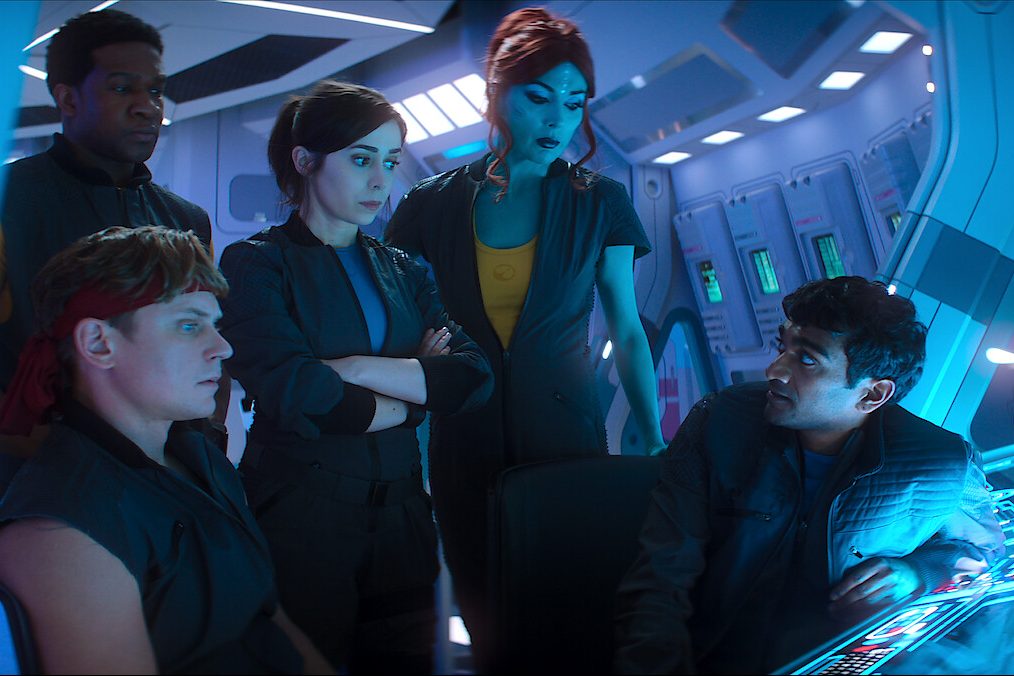
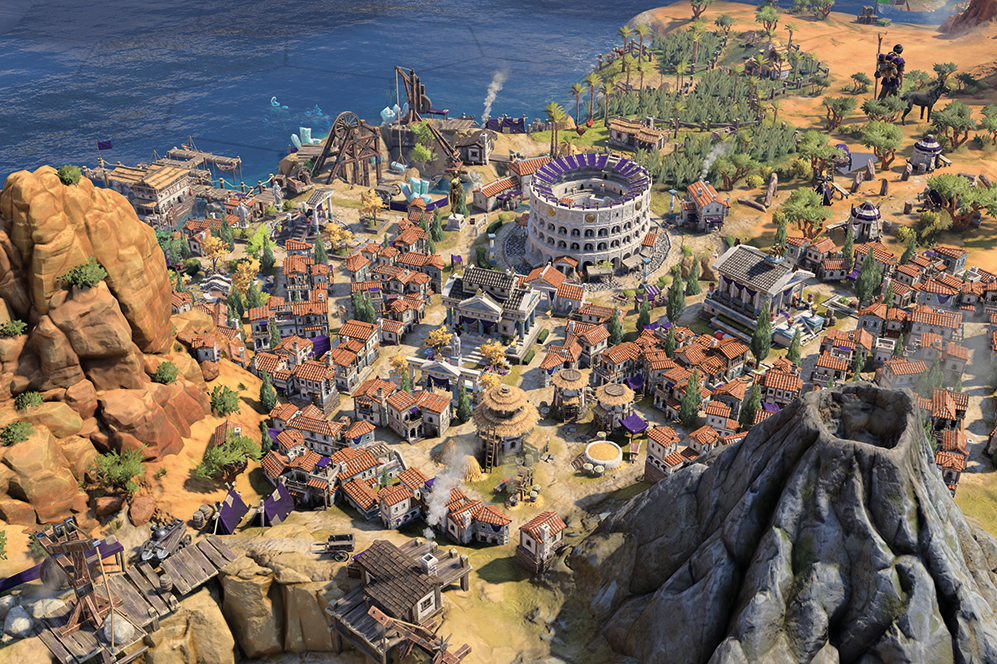

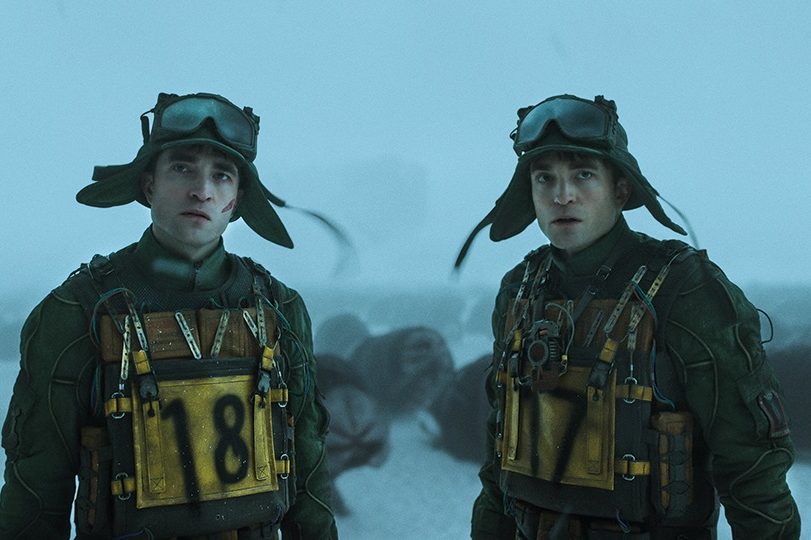







Leave a Reply